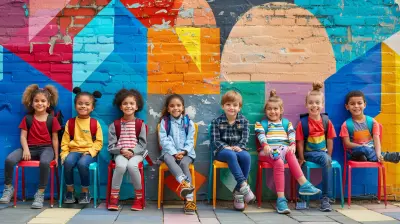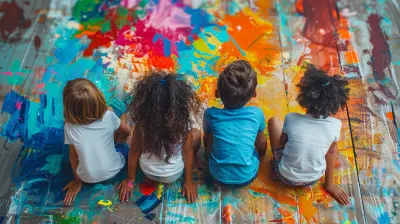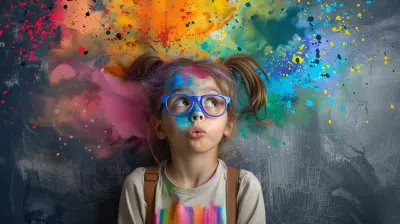The Power of Peer Collaboration in Student Success
20 August 2025
Have you ever noticed how much easier it is to grasp a tricky subject when you talk it over with a friend? Or how brainstorming together brings out ideas that you might never have thought of alone? That right there is the magic of peer collaboration. It’s not just about working together—it's about creating a dynamic, supportive learning environment that can literally change the way students learn, grow, and succeed.
In today’s fast-paced, digitally-connected world, the classroom is no longer limited to four walls. Collaborating with peers has become one of the most effective ways for students to thrive—academically, emotionally, and socially.
So, let’s break it down and dive into why peer collaboration is such a game-changer in student success.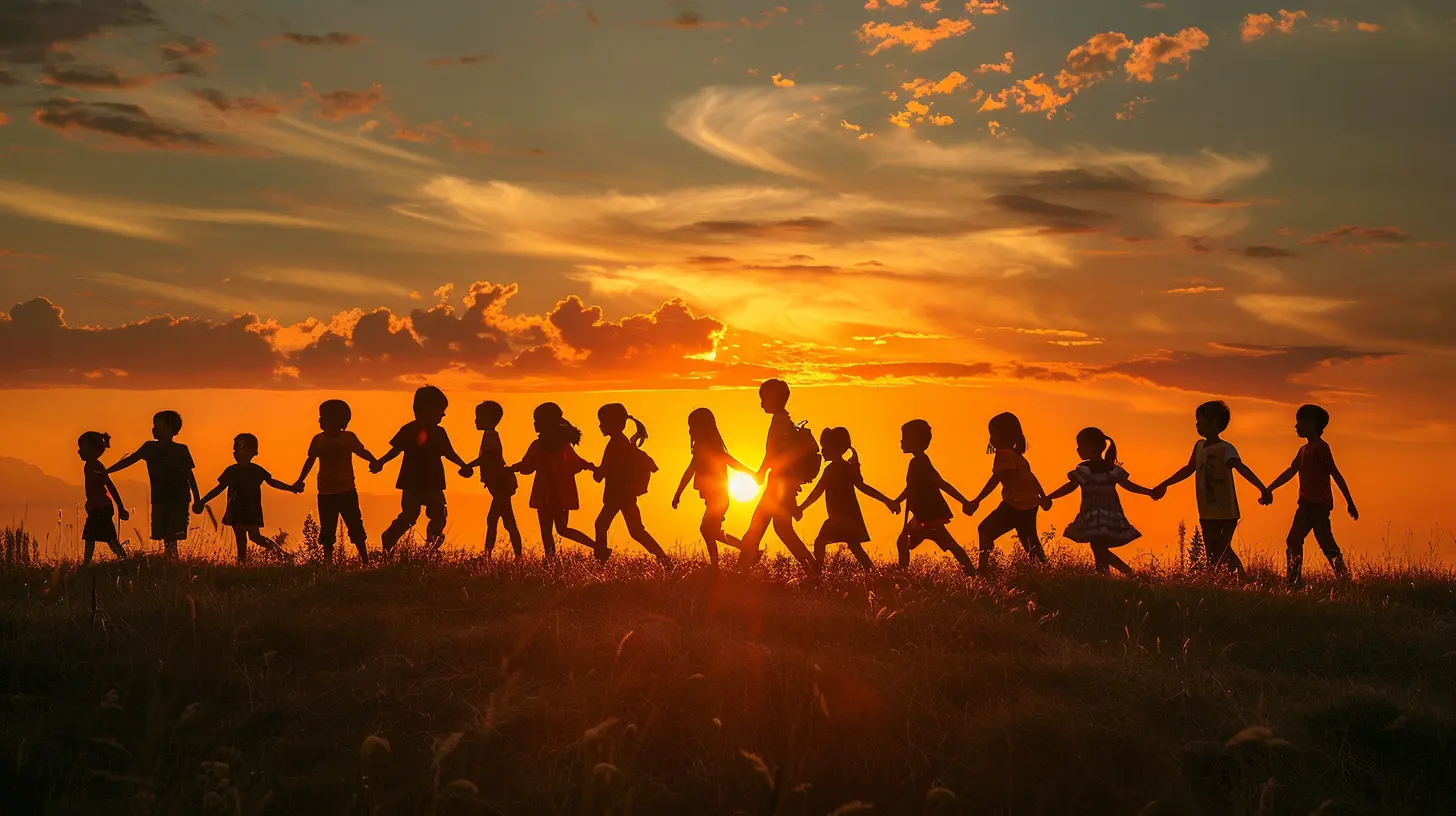
What Exactly Is Peer Collaboration?
Alright, let’s start with the basics. Peer collaboration is when students work together to achieve common learning goals. Think group projects, study groups, peer tutoring, class discussions, team-based learning—you name it. It’s all about students helping each other understand course material, develop new skills, and tackle challenges as a team.But here’s the thing—it’s not just about dividing tasks or doing less work. True collaboration is built on communication, interaction, and mutual support. It’s about bouncing ideas off one another, sharing different perspectives, and lifting each other up.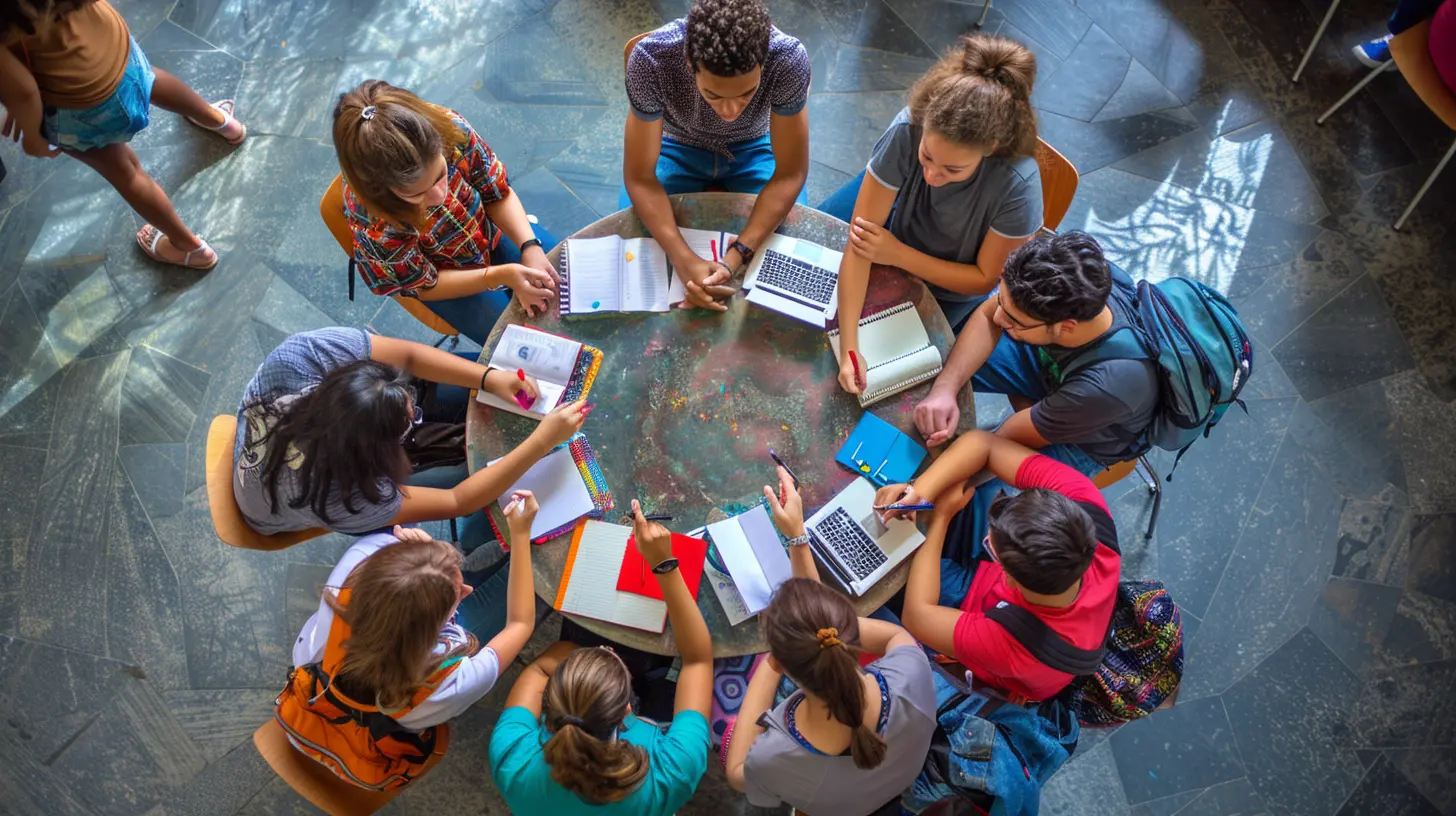
Why Peer Collaboration Matters So Much
1. Boosts Learning and Retention
Ever tried teaching a concept to someone else? You usually end up understanding it ten times better yourself. That’s because explaining something forces your brain to organize information clearly. When students collaborate, they’re not just passive listeners—they’re active participants who explain, question, and practice knowledge together.This helps in:
- Strengthening understanding
- Filling in learning gaps
- Retaining information longer
So, collaboration isn’t just a nice-to-have—it's a study hack with real impact.
2. Encourages Critical Thinking
Working with peers challenges students to think outside their comfort zones. When someone questions your opinion or offers a new perspective, your brain has to work harder to analyze, justify, or adjust your thinking.It’s like a mental workout. You stretch your ideas, challenge your biases, and develop sharper thinking skills.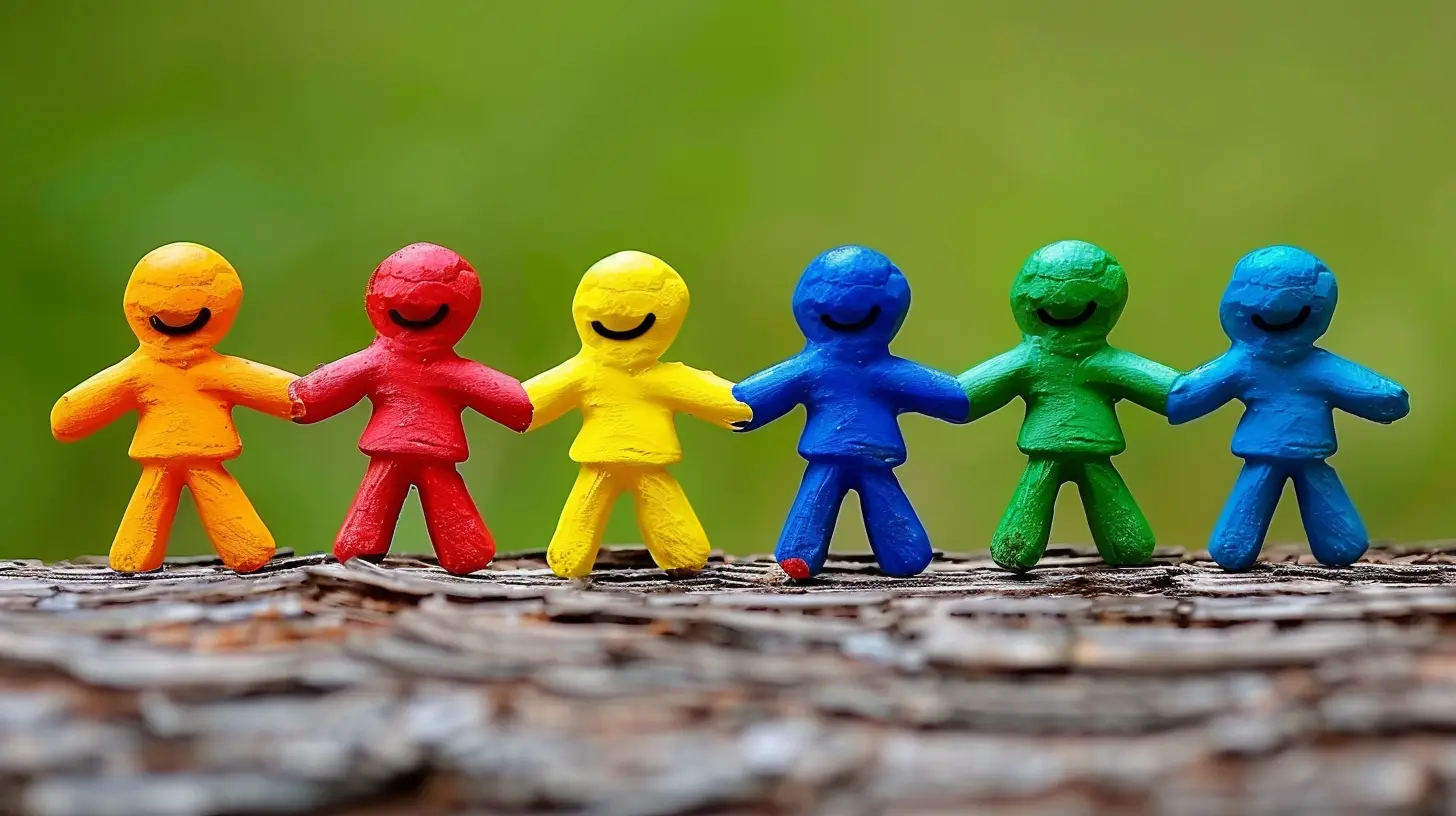
Learning From Each Other: Every Student Has Something Valuable
Here’s the truth—everyone brings something different to the table. One student might be amazing at math, while another has a knack for writing. Someone might struggle with science but can explain historical events like a pro.Peer collaboration allows students to:
- Learn from each other’s strengths
- Support each other’s weaknesses
- Practice empathy and patience
It builds a culture where no one feels alone in their learning journey. It's teamwork in its purest form.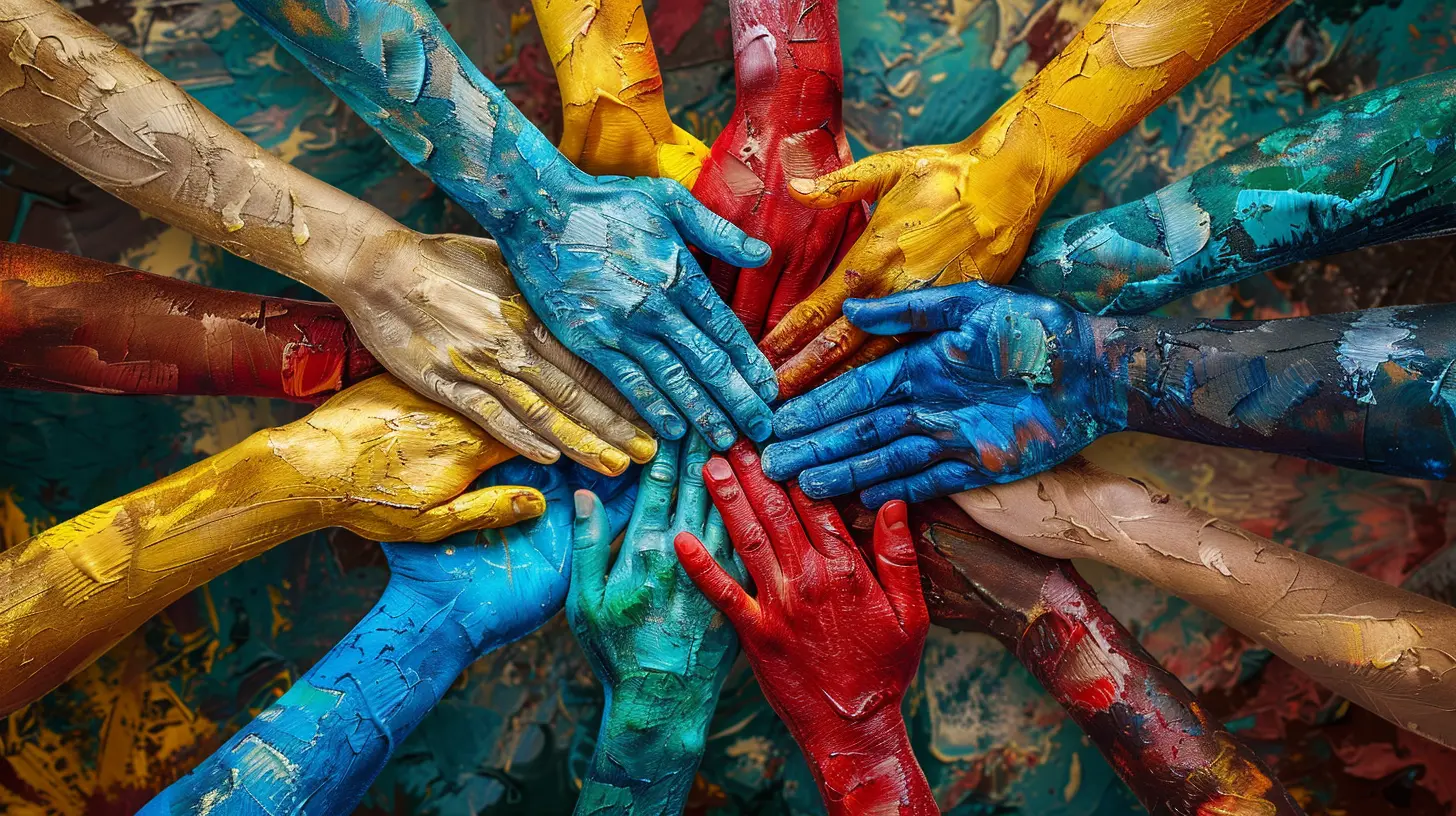
Real-Life Skills Start Here
Let’s be real—life beyond school is full of collaboration. Whether it’s your future job, volunteer work, or even being part of a community, teamwork is everywhere. Peer collaboration in school is like a practice ground for the real world.Students develop:
- Communication skills
- Problem-solving abilities
- Leadership & negotiation techniques
- Emotional intelligence
These soft skills are just as important as academics, and they often make the difference in future success.
It Builds Confidence
Have you ever seen a student who was too shy to raise their hand but blossoms during a small group activity? That’s the beauty of a collaborative space. It feels safer. Less intimidating. It gives students the freedom to speak up, even if they aren’t 100% sure they're right.Small wins during collaboration—like being able to explain something clearly or help a friend—build massive self-esteem. Over time, students gain the confidence to take risks, share boldly, and believe in their abilities.
Reduces Academic Pressure and Anxiety
Let’s face it—school can be stressful. Deadlines, exams, grades… it piles up. Peer collaboration can be a mental lifeline. When students work together, they realize they’re not in this alone.Talking with peers can:
- Relieve stress
- Offer emotional support
- Make learning feel more fun and less like a chore
Suddenly, that overwhelming assignment becomes manageable. That impossible topic? Easier when someone explains it in your language.
Technology Makes Collaboration Easier Than Ever
We live in an age where collaboration isn’t limited to sitting in a circle in a classroom. Thanks to technology, students can connect and work together no matter where they are—Zoom calls, Google Docs, online discussion boards, education apps—you name it.Digital collaboration allows for:
- Flexible learning schedules
- Connecting with diverse perspectives
- Sharing resources quickly
It also teaches students how to use tech tools effectively—another essential skill in today's world.
The Role of Teachers in Fostering Peer Collaboration
Now, as much as peer collaboration is about students, teachers play a HUGE role in making it work. Teachers set the tone. They create the environment, set expectations, and guide the process.Here’s how teachers can encourage collaboration:
- Design group-based tasks that require teamwork
- Create mixed-ability groups to encourage peer learning
- Promote open dialogue and peer feedback
- Celebrate collaboration efforts, not just individual performance
Teachers who champion collaboration are building a classroom culture where every voice matters.
Common Barriers… and How to Break Through Them
It’s not all smooth sailing, though. Sometimes, collaboration can run into a few roadblocks:- Uneven participation (some do more; others do less)
- Conflicts or disagreements
- Lack of communication
- Time management issues
But hey—that’s part of the learning experience, too. Facing these challenges teaches students how to handle real-world problems.
To overcome these, schools can:
- Provide clear structure and goals for group work
- Use peer assessments to promote accountability
- Teach conflict resolution and group dynamics
- Encourage regular reflections on group progress
It’s not about being perfect—it’s about learning together, mistakes and all.
Peer Collaboration in Action: What It Looks Like
Imagine this: a high school literature class is assigned a group project to analyze a novel. Instead of dividing the chapters and working separately, they meet after school, discuss themes, challenge each other’s interpretations, and even put together a video presentation together. They take pride in the final product—not just because it gets a good grade, but because they built it together.Or think of a university study group preparing for final exams. They split up topics, teach each other, quiz one another, and share notes. It’s not competitive—it’s cooperative. Everyone wants everyone else to succeed.
That’s what peer collaboration looks like. It's not about shortcuts—it’s about support. It’s about growing, together.
How Parents Can Support Peer Collaboration at Home
Parents play a powerful role too. Encouraging students to participate in peer learning activities can start at home.Here’s what families can do:
- Encourage group study sessions
- Support time management for group projects
- Remind students that asking for help is a strength, not a weakness
- Celebrate their teamwork wins
The message is simple: Collaboration is valuable. And it’s okay to lean on each other.
Final Thoughts: We’re Better Together
At the heart of it all, peer collaboration reminds us of something human—we’re meant to connect, share, and grow together. Success doesn’t have to be a solo race. In fact, it's often a team marathon.When students work hand in hand, not only does their academic performance improve, but so does their sense of belonging, confidence, and ability to face the world’s challenges.
So the next time you think about learning, remember: two (or more) heads are better than one. Always.
all images in this post were generated using AI tools
Category:
CollaborationAuthor:

Fiona McFarlin
Discussion
rate this article
1 comments
Darrow McAleer
Thank you for this insightful article! I truly appreciate how you've highlighted the importance of peer collaboration in enhancing student success. It's inspiring to see how working together can foster not only academic growth but also valuable interpersonal skills. Looking forward to more discussions on this topic!
August 30, 2025 at 11:00 AM

Fiona McFarlin
Thank you for your kind words! I’m glad you found the article insightful. I appreciate your support of peer collaboration!
